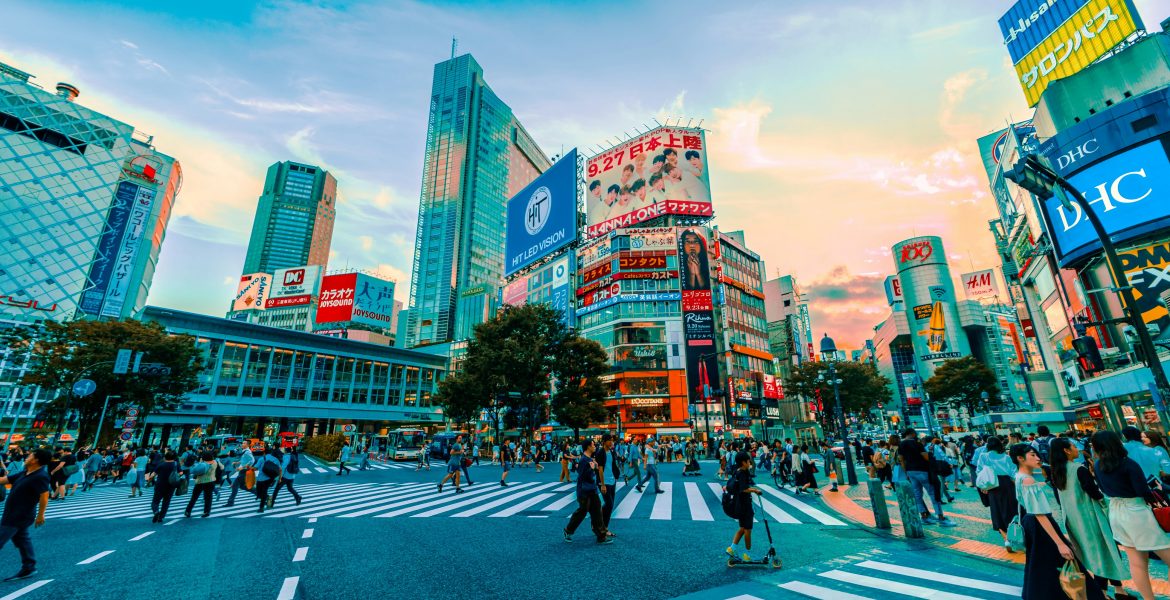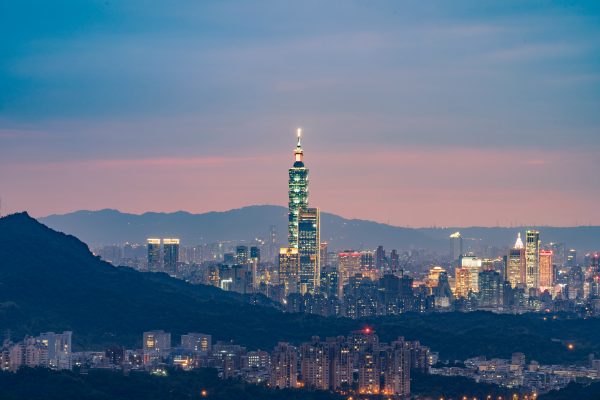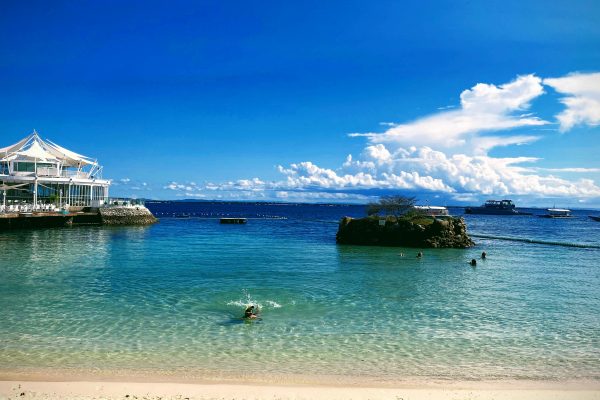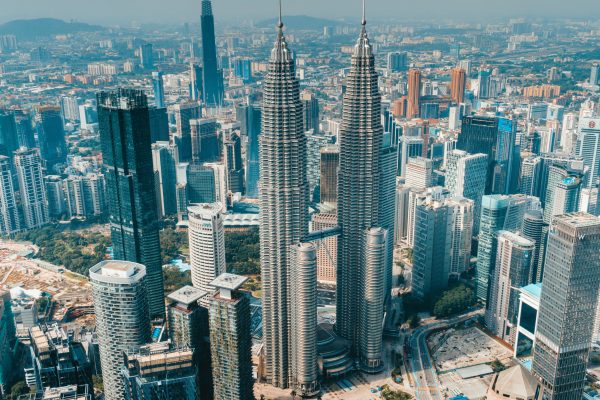Budget vs Comfort: Monthly Expenses Across Japanese Cities

Top Takeaway:
Balancing budget with comfort in Japan hinges on city choice. Tokyo offers unrivalled convenience at a premium, while regional centres like Fukuoka and Sapporo deliver greater affordability without sacrificing essential amenities.
1. Overview of Cost Tiers
In this comparison, Budget reflects shared or capsule accommodations, minimal dining out and coworking drop-ins, whereas Comfort assumes private apartments, regular cafe work sessions and occasional dining at mid-range restaurants.
| City | Budget Monthly Total (GBP) | Comfort Monthly Total (GBP) |
|---|---|---|
| Tokyo | £1,450 | £2,650 |
| Osaka | £1,250 | £2,350 |
| Kyoto | £1,200 | £2,200 |
| Fukuoka | £1,100 | £2,000 |
| Sapporo | £1,050 | £1,950 |
| Okinawa | £1,300 | £2,300 |
2. Rent and Utilities
- Budget:
- Shared house or dorm-style guesthouse rooms: £400–£600
- Utilities (electricity, gas, water, internet): £80–£120
- Comfort:
- One-bedroom apartment in city centre: £800–£1,200
- Utilities: £120–£160
Rent in Tokyo is notably highest, with central districts commanding a premium. Regional cities like Sapporo and Fukuoka offer one-bedroom flats for under £1,000.
3. Coworking and Connectivity
- Budget: Drop-in passes at local coworking spaces: £60–£100
- Comfort: Monthly coworking membership with 24/7 access: £150–£250
- High-speed pocket Wi-Fi rental: £40–£60 per month
Major cities abound with coworking hubs; smaller locales may have only one or two spaces, making a monthly pass essential for regular access.
4. Food and Daily Living
- Budget:
- Convenience-store meals, standing sushi bars and local ramen: £3–£6 per meal
- Monthly grocery shop at local markets: £120–£160
- Comfort:
- Café brunches, mid-range restaurants and international eateries: £8–£15 per meal
- Supermarket groceries (including imported goods): £180–£240
Tokyo and Osaka feature a vast variety of cuisines, so budget diners can lean on affordable street food, while comfort seekers can enjoy diverse restaurant scenes.
5. Transport
- Budget:
- Commuter passes for subway/bus: £60–£80
- Occasional taxi for off-hours: £20–£40
- Comfort:
- Unlimited metro passes or bike-share subscriptions: £80–£120
- Regular taxi/Uber rides: £60–£100
Smaller cities often have flat-rate bus passes and lower taxi fares, reducing monthly transport spend.
6. Leisure and Extras
- Budget: Local parks, free museum days and community events: £20–£40
- Comfort: Gym membership, cinema visits and weekend day trips: £80–£120
Cost of leisure activities varies; cultural capitals like Kyoto may offer more free heritage sites, whereas resort areas such as Okinawa incur higher excursion costs.
7. City Highlights
- Tokyo: Peak convenience, global cuisine, top nightlife – at a premium.
- Osaka: Slightly cheaper than Tokyo, famed street-food culture.
- Kyoto: Historic charm, moderate costs, seasonal tourism surges.
- Fukuoka: Coastal vibe, excellent value, burgeoning startup scene.
- Sapporo: Winter sport access, manageable rents, tight-knit community.
- Okinawa: Island living, higher import costs, tropical leisure.
8. Choosing Your Tier
For budget-minded nomads, regional cities like Fukuoka and Sapporo strike the best balance between cost and comfort. Those seeking greater convenience and variety will find Tokyo and Osaka worth the extra outlay. Your choice depends on whether you prioritise affordability or the full suite of urban amenities.
You may also like


Why Cebu City Is the Philippines’ Next Digital Nomad Hub

Leave a Reply